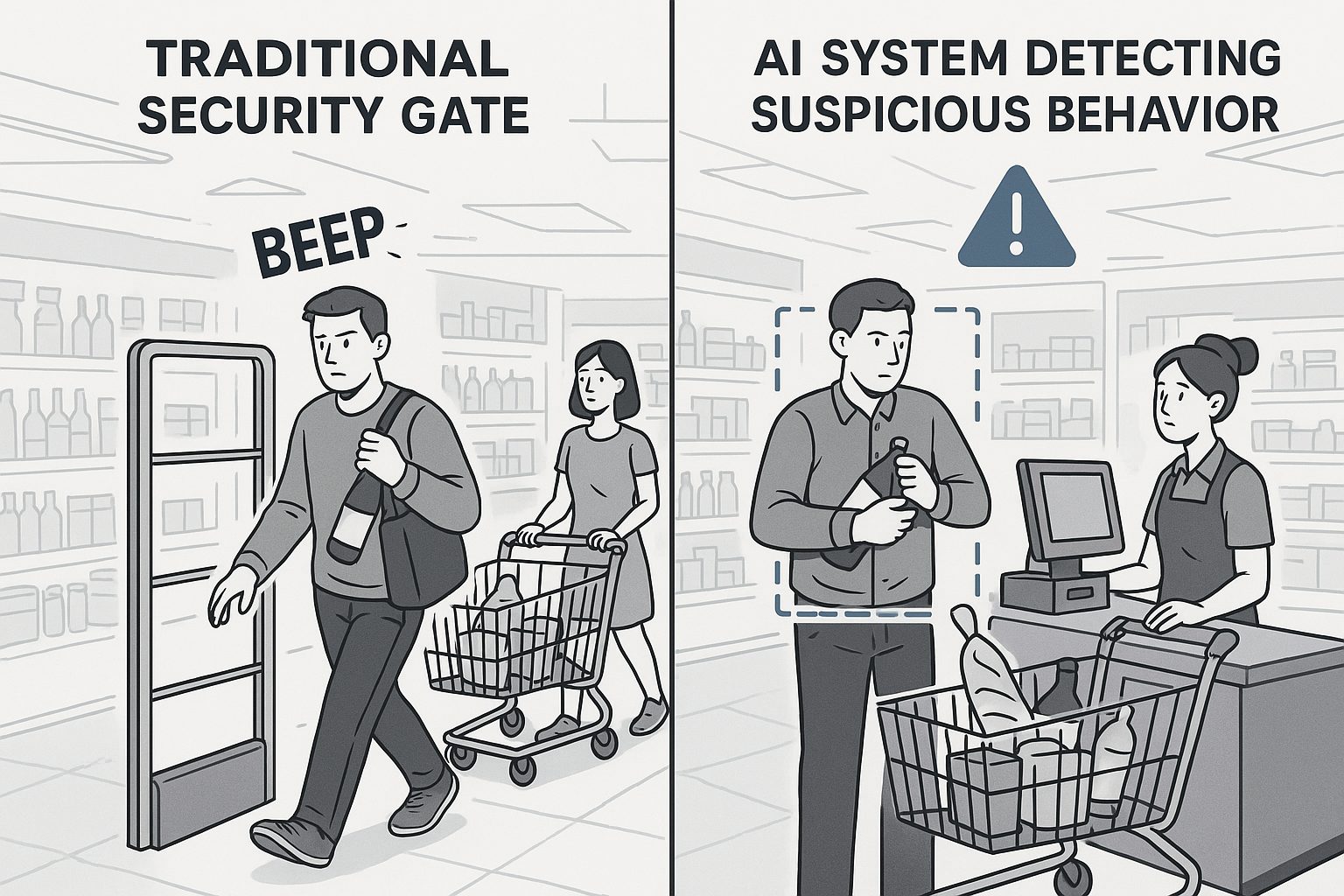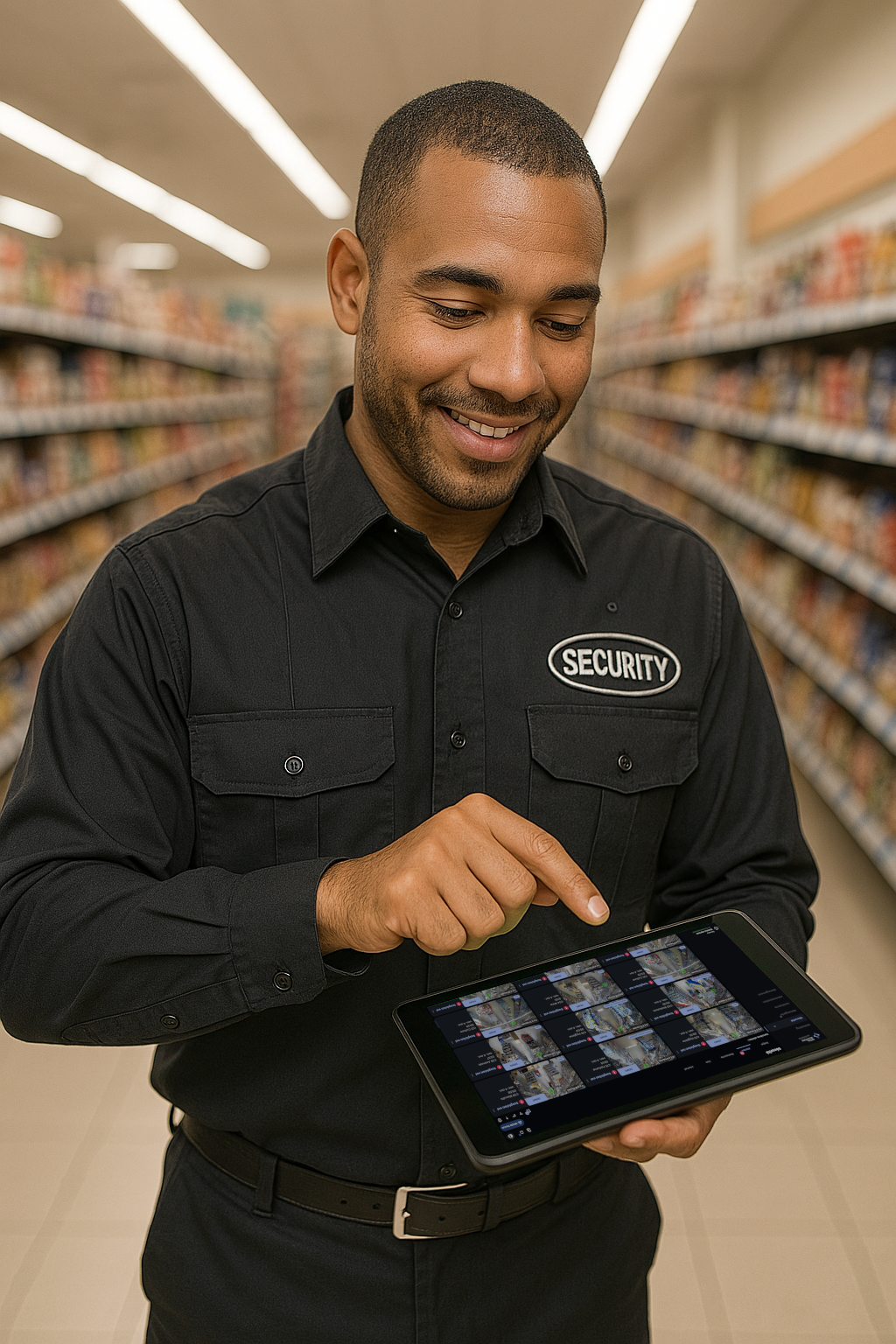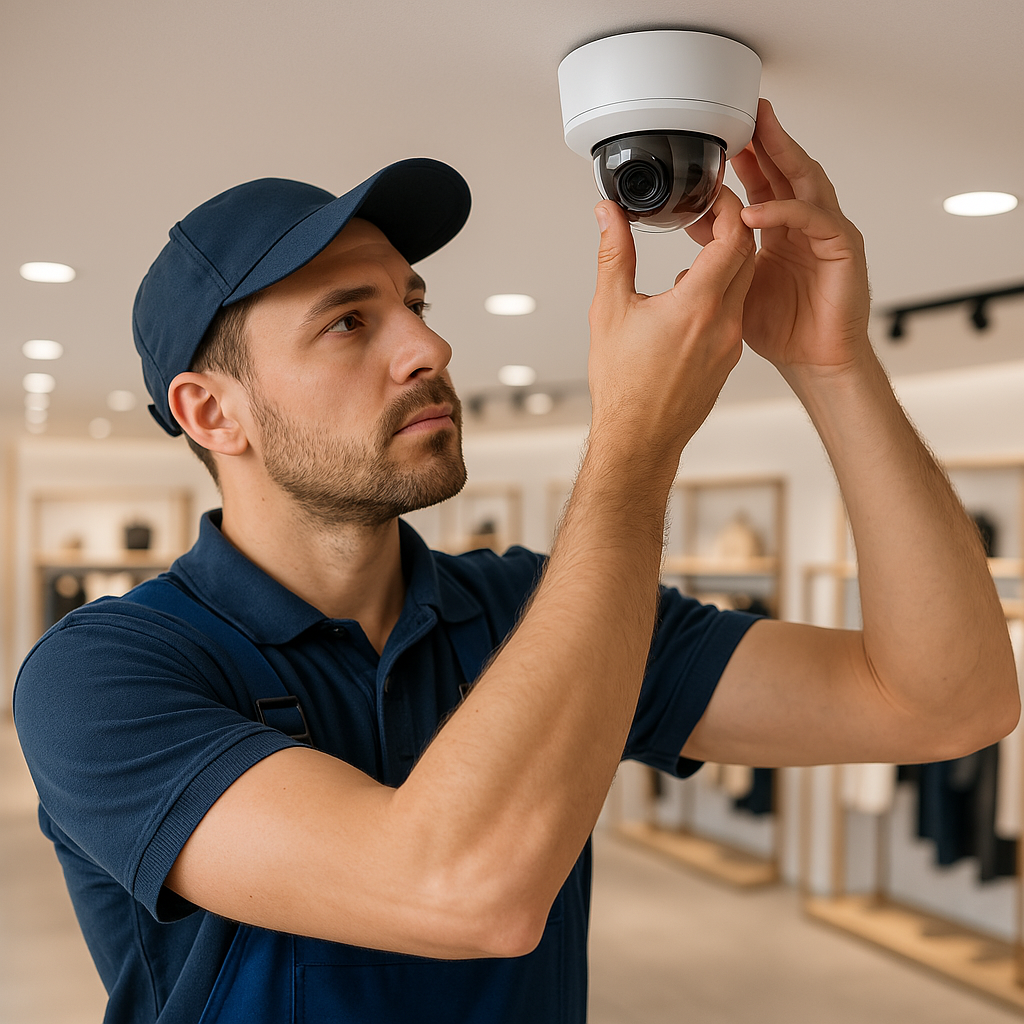News
🔍 All the latest on AI for security in retail!

Artificial Intelligence vs Security Gates: a Strategic Alliance Against Theft
In a context where losses due to theft weigh heavily on retailers' profitability, it becomes essential to adopt security solutions that are preventative, intelligent, and predictive. For a long time, security gates were the main barrier against unauthorized removal of goods. But

Enhanced Security: When Artificial Intelligence and Security Staff Work Together
In today's retail world, security can no longer rely solely on human vigilance. Technology, especially artificial intelligence, has become a valuable ally for security agents. Oxania offers a suspicious gestures detection solution that sends real-time alerts, designed to operate

Shoplifting on the Rise: How Retailers Can Respond
Shoplifting has been on the rise. This phenomenon is of particular concern to retail professionals, especially in the food, DIY, and pharmacy sectors. So how can retailers address this trend while preserving the customer experience? 🔎 Better understanding

The Key Role of Integrators in the Effectiveness of Suspicious Gesture Detection Cameras for Theft
In the retail sector—whether large grocery stores, pharmacies, or DIY shops—the implementation of suspicious gestures detection systems does not depend only on technology. The success of an intelligent solution also relies on the quality of its

Secure Your Pharmacy with AI: A New Era of Intelligent Protection
In an environment where the security of people and goods is essential, pharmacies face specific challenges: managing sensitive products, variable foot traffic, and discretion expectations. Traditional solutions are no longer sufficient. This is where artificial intelligence comes into play. 🤖 A

The 6 Most Stolen Products in Pharmacies... and How Technology Can Help
In the pharmaceutical sector, shoplifting is still a very real problem. Even though pharmacies are perceived as places of trust, they are not immune to losses from theft. But which products are most targeted... and above all, how can we address this in a modern way
